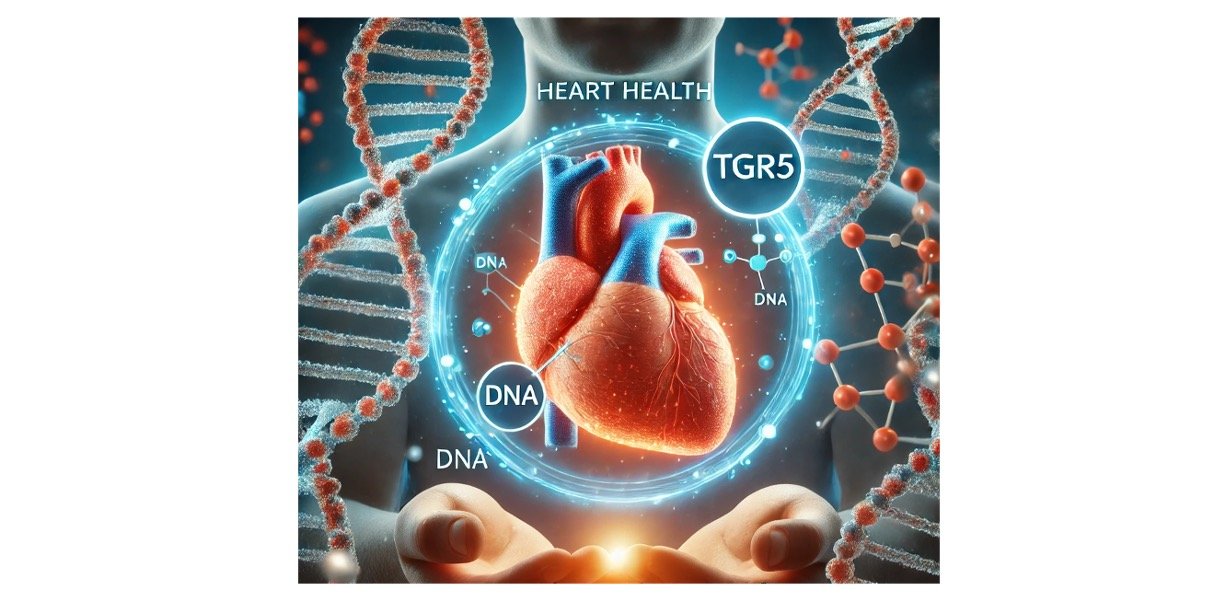Table of Contents
Electron Charge
An electron is referred to as a subatomic (smaller than an atom) particle that carries a single unit of negative electricity, denoted as – e. Moreover, the charge of the electron is always equal to the magnitude of the elementary charge (e) which is equal to 1.6 x 10-19 C but bearing a negative sign. Thus,
Charge on the electron (- e) = – 1.6021 x 10-19 Coulomb
Coulomb: In the International System of Units or abbreviated as SI units, one column is defined as the amount of electric charge carried by a current of 1 ampere flowing for 1 second.
Symbol: C
The charge on a single electron (e) is referred to as the unit electrical charge. It is stated as a negative polarity. The charge on an electron is equal, though, opposite to the positive charge on a proton (positively charged particles).
Charge of Electron in eV
The electron volt is the unit of energy commonly used in atomic and nuclear physics.
1 Electron volt (eV) = 1.6 x 10-12 erg
Here the value of 1 erg = 10-7 Joule
So, the charge of the electron in the electron volt = 1.6021 x 10-19 Joule
Mass of Electron
The mass of an electron is equal to 0.000548 amu or atomic mass unit when they orbit the nucleus and also have a charge of -1. The invariant mass of the electron is written as, m (-e) and is equal to 9.1 x 10-31 kg Here, the invariant mass is referred to as the mass of a stationary electron. The mass of an electron in amu or atomic mass units is given by, 5.489×10-4 amu Mass of an electron in eV is given by 0.511 MeV.
Electrical Charges
The steady flow of electrons is termed as current. Current is generally what flows through electrical wires and electronics items, from light bulbs to televisions in our house.
The charge q of a body is given by, q = ne
Where n= number of electrons transferred
e is equal to the charge on each electron
The SI unit of charge is written as coulomb or C.
The CGS (centimeter-gram-second) unit of charge is equal to 1 e.s.u or electrostatic unit of charge.
Properties of Electric Charges
Electric charge, like mass and volume, is referred to as the fundamental physical property of matter.
SI unit of electric charge is equal to Coulomb (C), which represents 6.242×1018e, where e is equal to the charge of a proton. Electric charges can either be positive or negative; a singular proton has a charge equal to 1.602×10−19 C, whereas an electron has a charge equal to -1.602×10−19 C.
The electric charge is generally measured in Coulombs (C). Charges can either be positive or negative.
Electric charge (unlike mass) is independent of speed.
Atomic Electrical Charges
Atoms are referred to as the fundamental building blocks of matter and contain three types of particles mentioned below:
Protons
Neutrons
Electrons
Of these three subatomic particle types mentioned above, two particles mainly protons and electrons carry a net electric charge, whereas neutrons are neutral and carry no charge.
Both protons and electrons have a charge that is generally quantized. That is, the magnitude of their respective charges are equal to each other that is 1. This standard value is thus equal to about 1.6×10-19 Coulombs.
Protons
Protons are present with the neutrons in the center of an atom or nucleus. Protons generally have a charge of +1 and a mass of 1 atomic mass unit or amu, which is nearly equal to 1.66×10-24 grams. The number of protons present in an atom states the identity of that particular element ( for instance, an atom carrying 1 proton is hydrogen, and an atom having two protons is helium).
Electrons
Electrons is a negatively charged subatomic particles commonly found in the periphery of the atom and have a charge equal to -1. They are much smaller as compared to protons; their mass is 1183611836 atomic mass units or amu. Electrons present in an atom move around in the space outside the nucleus like a cloud. The negatively charged electronic cloud specifies the area of the space where electrons are likely to be found in an atom.
Properties of Electrons
Electrons can either be free (that is not attached to any atom) or may be found bound to an atom’s nucleus. The charge on a single electron is generally considered as the unit electrical charge. The mass of an electron at rest is represented as me and is approximately 9.11 x 10-31 kilogram (kg).
• Electrons are accountable for the negatively charged component present in an atom.
• Electrons are commonly attracted to positively charged particles termed as protons.
Neutrons
Neutrons are referred to as a subatomic particles that are one of the chief constituents present in the atomic nuclei. They are generally represented by the symbol n or no. Neutrons do not have any net electric charge linked with them. However, they do have a mass that is slightly greater in magnitude as compared to a proton. Neutrons and protons together are referred to as nucleons, because they usually behave in a similar manner inside the atomic nuclei of atoms. The atomic mass of a neutron can be approximated to one atomic mass unit.
Ions
In the ground state, an atom will always have an equal number of protons and electrons, and therefore will have a net charge equal to 0. Though the electrons can be shifted from one atom to another, it is possible for atoms to develop a charge. Atoms present in such a state are named as ions.
Nucleus
The nucleus of an atom consists of positively charged particles termed as protons and neutral particles named as neutrons.
Electron Charge Citations
- Measuring the Electron’s Charge and the Fine-Structure Constant by Counting Electrons on a Capacitor. J Res Natl Inst Stand Technol . Mar-Apr 1992;97(2):299-304.
- Experimental charge density from electron microscopic maps. Protein Sci . 2017 Aug;26(8):1619-1626.
- Chemical bonding in view of electron charge density and kinetic energy density descriptors. J Comput Chem . 2009 May;30(7):1093-102.
Share












